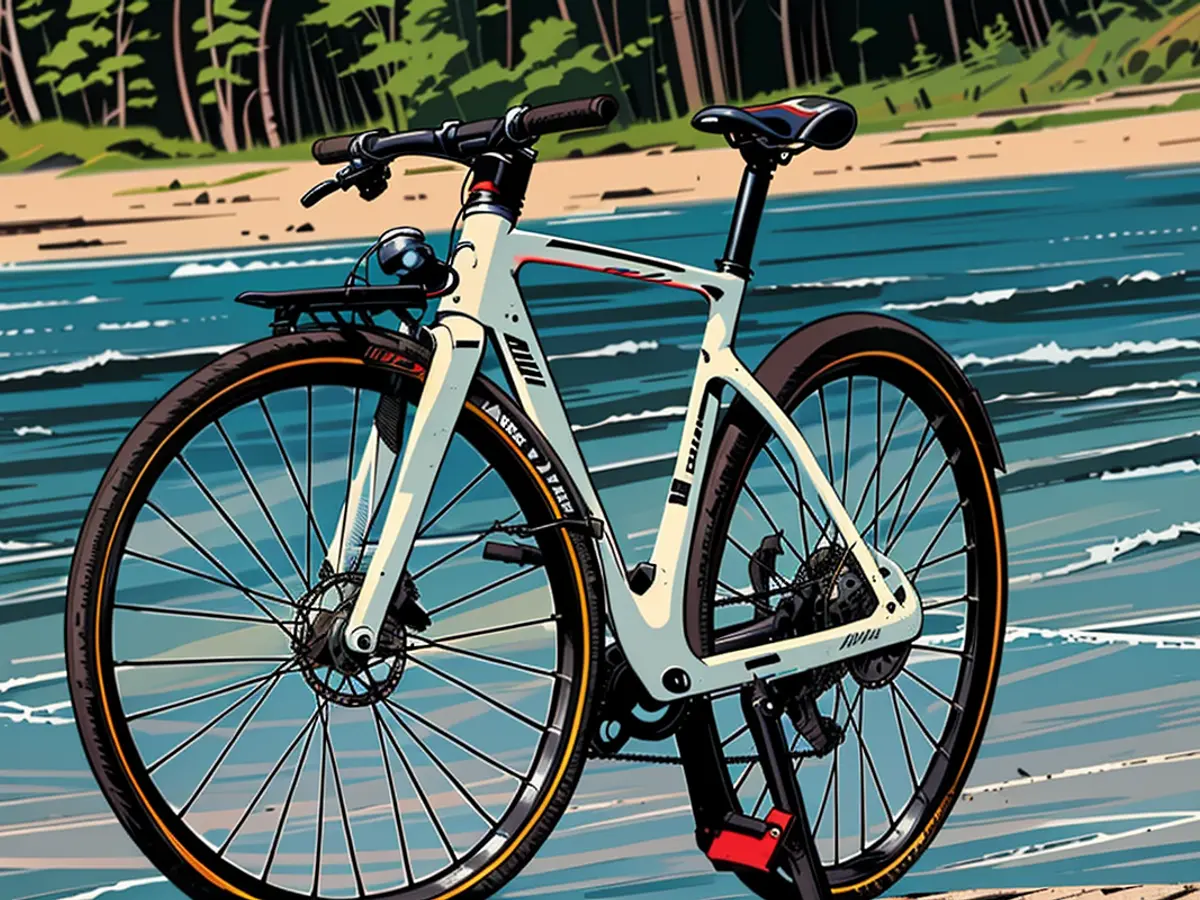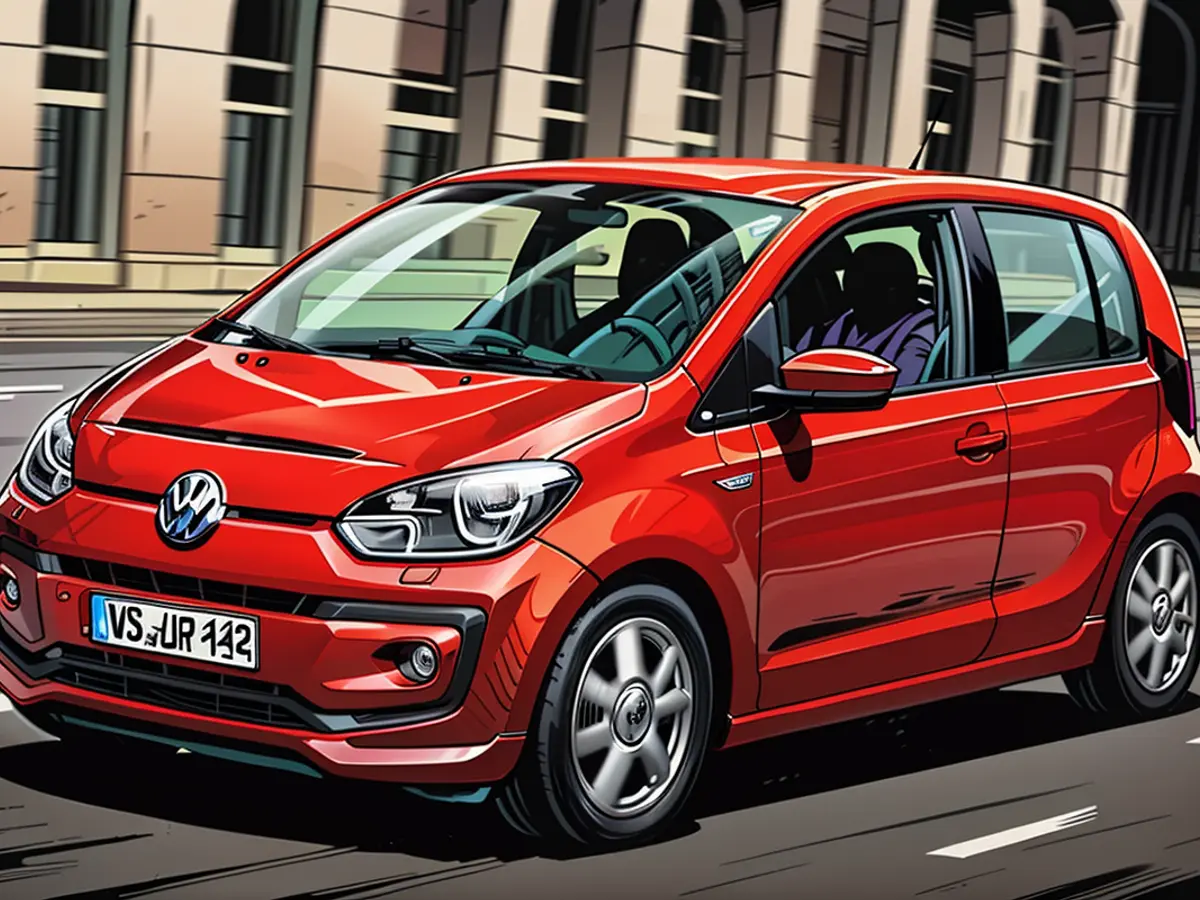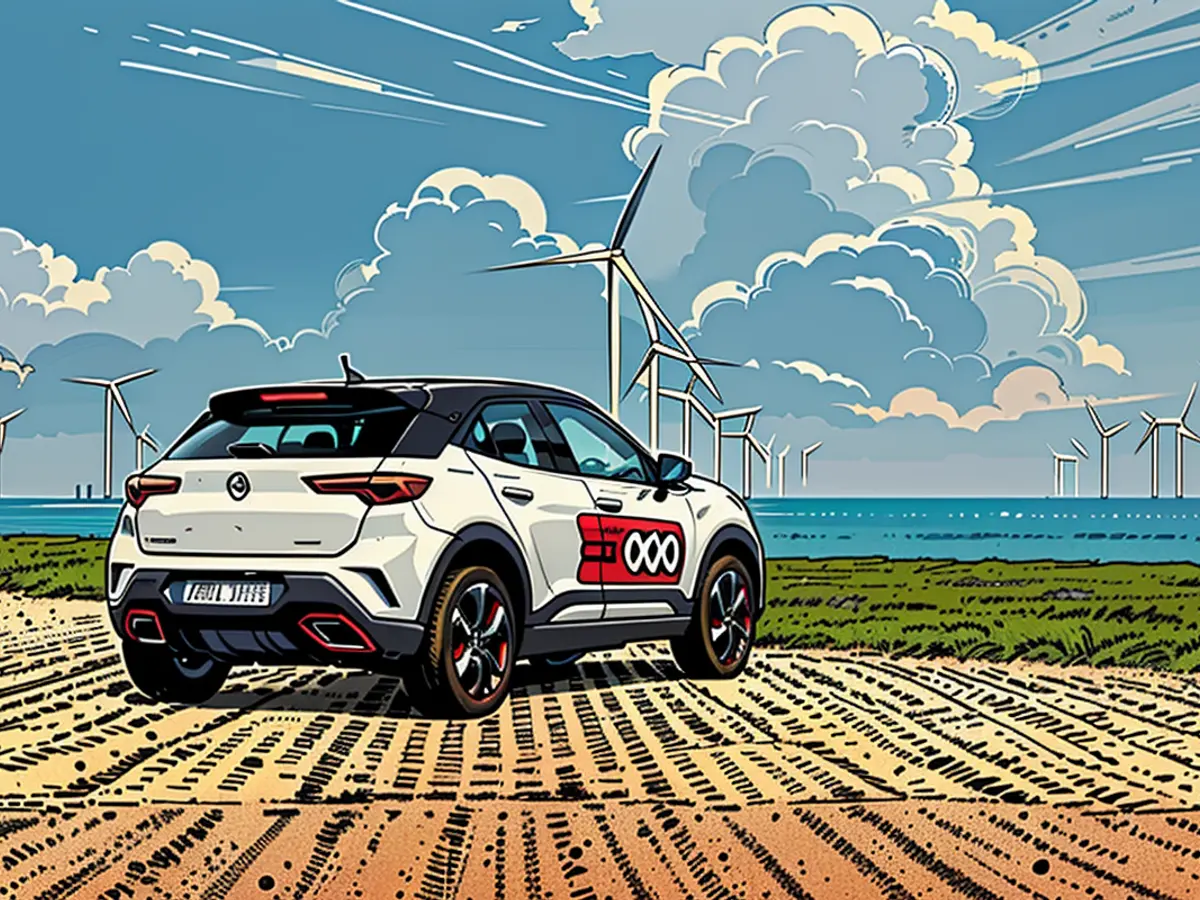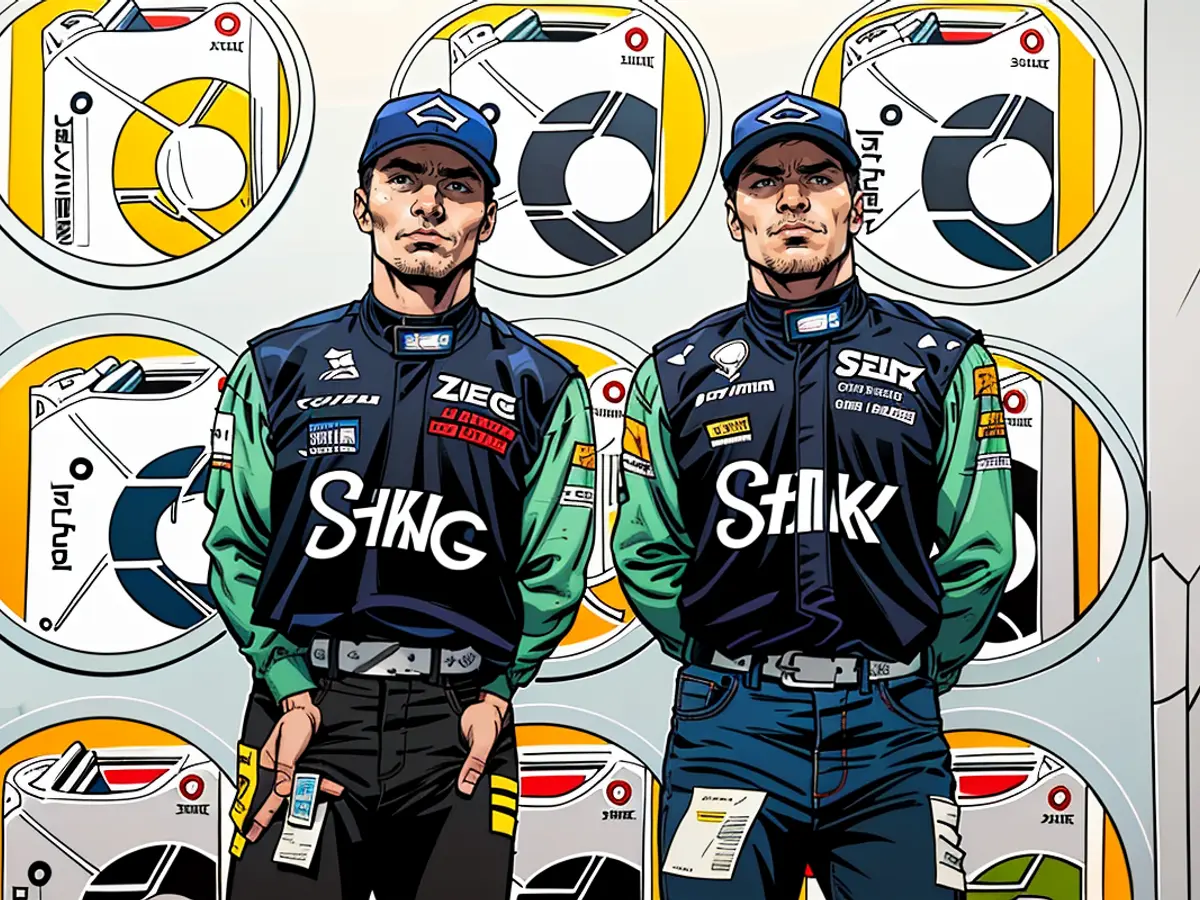These cars will get an H license plate in 2024
The car year 1994 marked the beginning of a time of diverse body concepts. From small fun cruiser SUVs to large vans, from convertible classics to lightweight challengers for the heavy Kanzler-Benz: more than 70 new models from back then could become classic cars in 2024.
They have never been more popular than today, perhaps because classic cars are time capsules that evoke the lifestyle of past decades, back when everything was supposedly better: in 2023, the Federal Motor Transport Authority recorded over 700,000 cars that were registered at least 30 years ago for the first time and therefore also meet the critical age limit for applying for the coveted history license plate. In fact, the H license plate declares classic cars to be technical cultural assets that enjoy certain privileges - however, an expert opinion must first certify that the old car is largely original and in good condition.
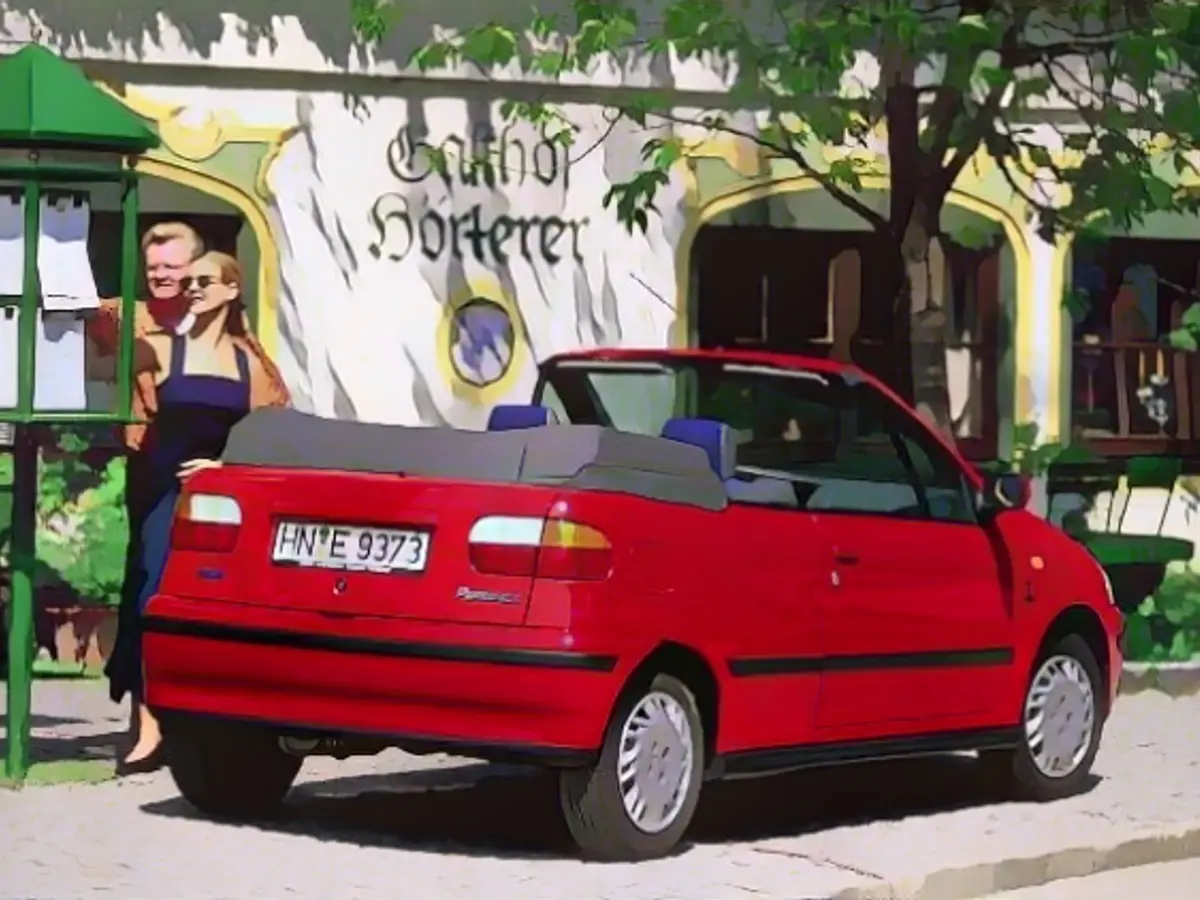
If you want to buy a young classic car in 2024, you have a wide choice: After all, an era of particularly diverse body concepts began 30 years ago. In addition to convertibles - which incidentally make up almost 30 percent of all classic cars on German roads - early crossover models such as the Toyota RAV4 Funcruiser and family vans from Japanese and European manufacturers caused a sensation. The Eurovans from Citroen (Evasion), Fiat (Ulysse), Lancia (Zeta) and Peugeot (806) are legendary as a cooperation project, as in today's Stellantis Group, but also challengers to the trio of vans from VW (Sharan), Seat (Alhambra) and Ford (Galaxy) that followed in 1995. In the mid-size class, Renault Laguna and Audi A4 (B5) competed in rounded organic shapes and in the small class, the Opel Tigra Coupé and the first BMW 3 Series Compact (E36) guaranteed coolness.
Fast sports cars and Formula 1 tragedy
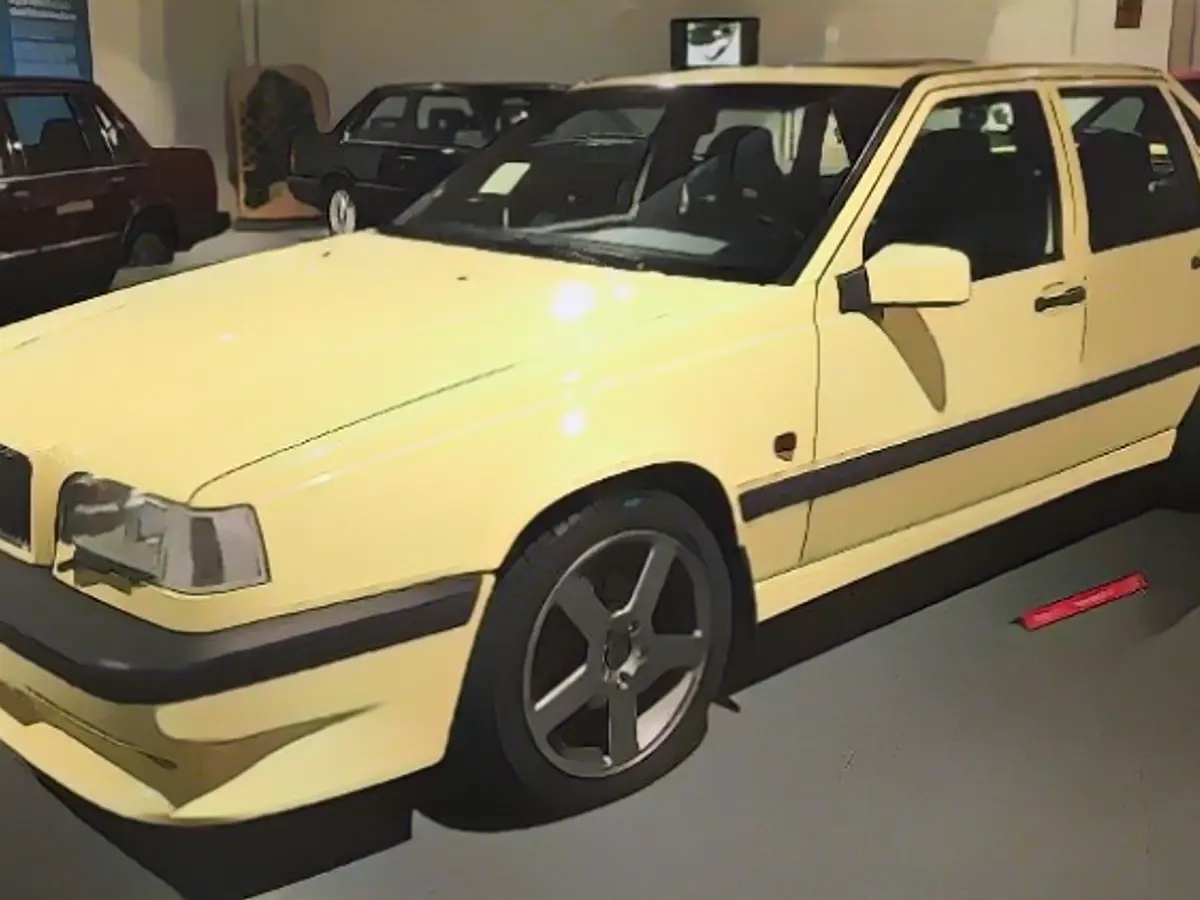
Speed was the trend in 1994, as indicated by the new Ferrari models F355 and F512 M and the rapidly expanding portfolio of the successful Porsche 911 (993) or the first BMW M3 Convertible as well as the Volvo 850 T-5R as the fastest Swede to date. On the other hand, one of the most tragic Formula 1 weekends in motorsport took place at the time. Roland Ratzenberger was killed in an accident during qualifying for the Imola Grand Prix and three-time world champion Ayrton Senna died in the race on Sunday. The fans of the Brazilian Formula 1 titan were still mourning when, at the end of the 1994 season, Michael Schumacher made sporting history as the first German Formula 1 world champion, in a Benetton-Ford.
Sport and Ford also stood for the technically upgraded Escort RS Cosworth. Otherwise, the Cologne-based volume manufacturer caused astonishment 30 years ago when the final Scorpio competed against the likewise new Opel Omega (B) in a pompously round shape with googly eyes and fish mouth. What no one could have guessed was that, although it won this duel in terms of sales figures, the Omega was also saying goodbye. In contrast, Lancia advertised its clearly designed Kappa saloon as a "Granturismo in perfection", but ultimately this business liner also failed to convince enough buyers.
Eurotunnel and EU accession
Europe grew closer together in 1994: The Eurotunnel between Calais in France and Folkestone in England was opened, Hungary applied to join the EU and people in Austria and Sweden decided to join the EU in a referendum.
With the technically refreshed six-cylinder Volvo 960 saloon (advertising slogan: "It doesn't give everything away at first glance"), which was also used by the Swedish royal family, the Gothenburg car manufacturer made a new attempt in the race for parking spaces in front of political power centers and corporate palaces throughout Europe. However, national prestige symbols and V8s and V12s of southern German or British provenance continued to dominate. Jaguar and Daimler wanted to "redefine the world-class standard for luxury limousines" with the XJ series and Double Six, but they only succeeded in doing so in the vicinity of 10 Downing Street, where the pro-European Prime Minister John Major ruled.
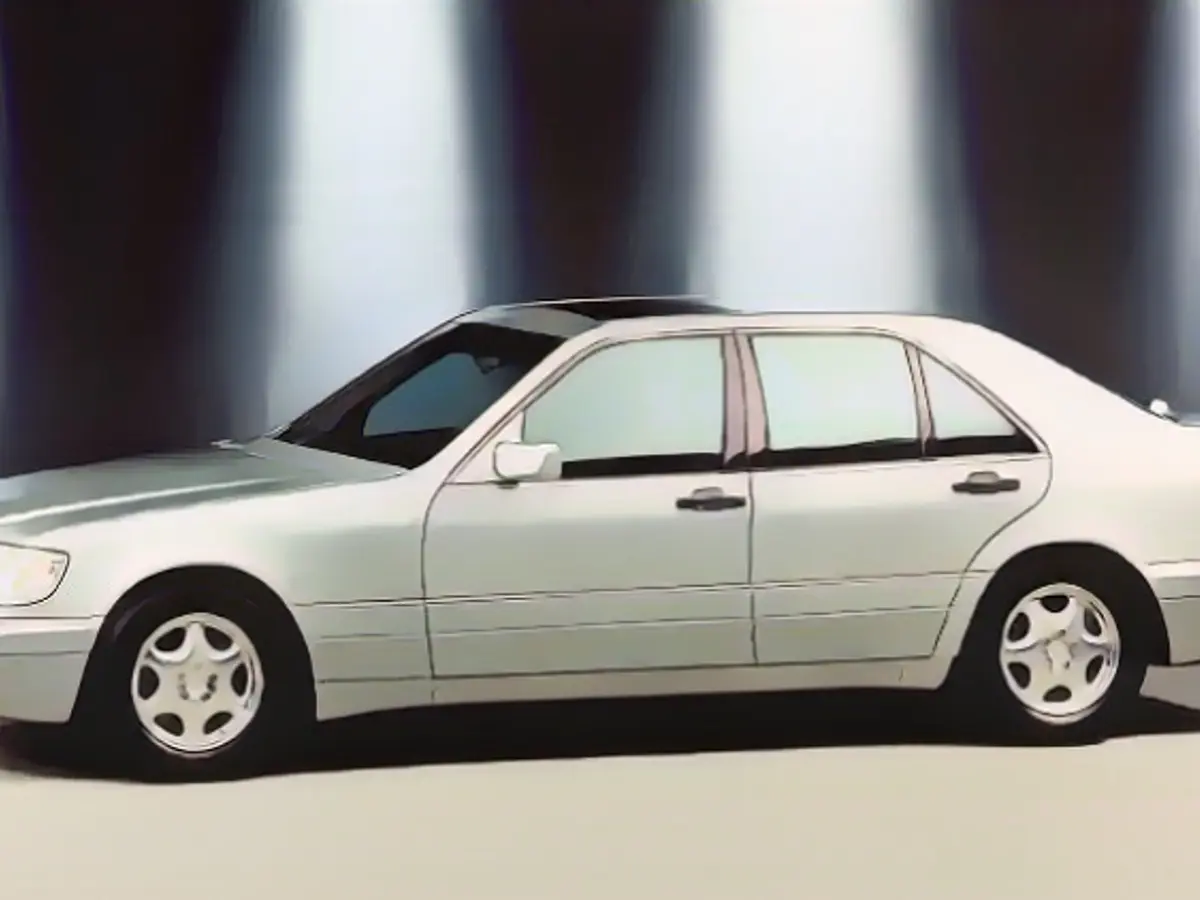
In Germany, Helmut Kohl remained chancellor of a CDU/CSU-FDP coalition in the second federal election after German reunification - and remained loyal to his Mercedes S-Class (W 140). Helmut Kohl was just as uninterested as the other loyal S-Class customers in the media clamour as to whether the W 140 series would fit on the car train to Sylt or whether the body designed by Bruno Sacco with its classic, clear, but colossal-looking contours could really only be maneuvered into parking spaces with the help of extendable dipsticks at the rear: The XL-Benz remained the global market leader in the luxury segment. Only the Mercedes developers must have been affected by the criticism, as the major facelift in 1994 showed, as it was aimed at making the flagship appear somewhat more graceful. In doing so, the brand with the star also countered the second-generation Lexus LS and, above all, the third edition of the BMW 7 Series (E38).
Audi A8, later the Chancellor's car

For connoisseurs, the BMW flagship combines elegance with high-tech (first European saloon with integrated navigation system). Keyword high-tech: With the A8, Audi finally established itself in the luxury class in 1994. The up to 5.16 meter long but slim A8 - successor to the hapless V8 - shone as the first luxury class saloon with a lightweight aluminum body and all-wheel drive, but above all as the first modern state car in the sign of the rings. Gerhard Schröder, Chancellor of the first red-green coalition at federal level from 1998, used the Audi A8 as a counterpoint to the previously omnipresent S-Class. And Angela Merkel also later used an A8.
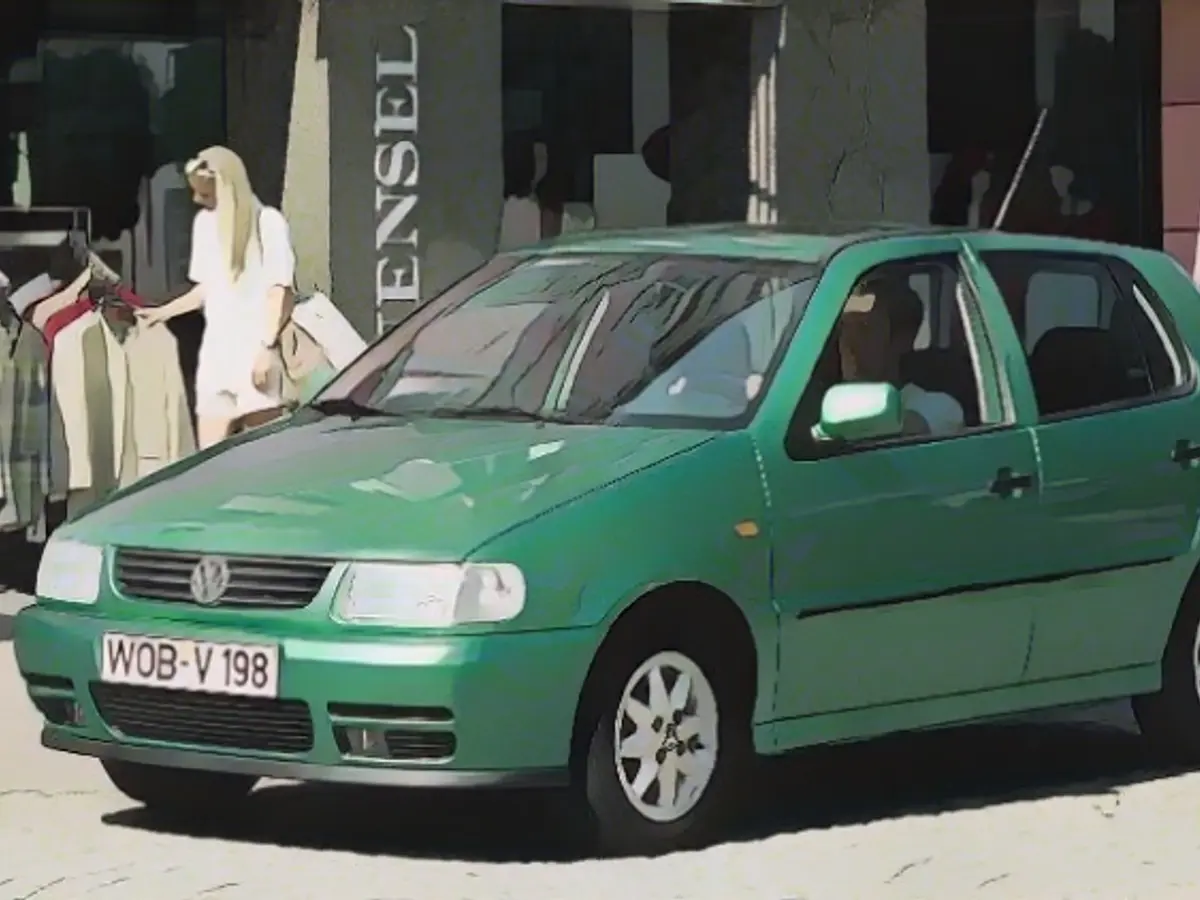
But which volume models were the trendsetters of 1994? First and foremost small cars such as the VW Polo, the third generation of which was larger than a Golf I. But the Skoda Felicia was also successful, as the first Czech development after the VW Group joined the market. The Hyundai Accent surprised as the first compact export bestseller "Made in Korea" and the Mazda 323 F as a small five-door coupé. Nippon also continued to lead the way in all-wheel drive: the renewed Subaru Legacy was on its way to becoming the most-built 4x4 car of all time, the fresh Toyota Celica Turbo 4WD triumphed as the unbeatable world rally champion and the off-road vehicle sales charts were dominated by Suzuki, Nissan & Co anyway.
Alfa Romeo aroused emotions, as the brand also knew how to present distinctive models with a sporty touch under Fiat's direction. For example, the compact Alfa 145 and 146 models designed by Ermanno Cressoni or the parallel GTV and Spider models designed by Pininfarina. Speaking of convertibles: the summer hits of 1994 such as "Cotton Eye Joe" by Rednex or "Without You" by Mariah Carey often sounded from new four-seater convertibles: from the tiny Fiat Punto to the Peugeot 306, the last convertible built by Pininfarina in Italy for the time being, to the classic Mercedes E200 (W 124). Not forgetting the newly launched Saab 900 Cabrio, which still plays leading automotive roles in TV films and commercials today. A colorful portfolio of over 80 potential "H" candidates, all of which have one thing in common: the new classic cars embody fascinating contemporary history.
New H license plate candidates in 2024
- Alfa Romeo 145, Alfa Romeo 146 (debut December 1994), Alfa Romeo GTV and Alfa Romeo Spider (type 916, debut in fall 1994)
- Asia Rocsta (distribution via Kia)
- Aston Martin DB7, Aston Martin Vantage (start of sales after debut in fall 1993), Aston Martin Lagonda Sedan/Station Wagon (start of deliveries after debut in November 1993)
- Audi A4 Sedan and Avant (B5), Audi A6/S6 (first A6, successor to the Audi 100) as Sedan and Avant, Audi A8 (first Audi A8, successor to the Audi V8), Audi RS2 (delivery),
- Bentley Turbo S
- BMW 3 Series Compact (E36), BMW M3 Convertible, BMW 7 Series (E38)
- Buick Riviera (new edition)
- Cadillac LSE (3.0-liter V6 sedan based on the Opel Omega)
- Callaway C7, Chevrolet Cavalier (new edition)
- Chevrolet Lumina, Chevrolet Monte Carlo (new edition), Chevrolet Blazer (new edition)
- Chrysler Neon (debut fall 1993, start of deliveries), Chrysler Stratus, Chrysler Sebring
- Citroen AX 1.6 Diesel, Citroen Xantia Activa, Citroen Evasion (Eurovan cooperation between Citroen, Fiat, Lancia, Peugeot)
- Daihatsu Charade notchback sedan (G200/G203)
- Daimler Six/Double Six (type X 305, parallel model to the Jaguar XJ)
- Ferrari F355, Ferrari F512M
- Fiat Cinquecento Sporting, Fiat Punto Cabrio, Fiat Ulysse (Eurovan cooperation between Citroen, Fiat, Lancia, Peugeot)
- Ford Contour (US model, related to Ford Mondeo), Ford Escort RS Cosworth (technical update), Ford Windstar, Ford Scorpio '95 (debut October 1994)
- Honda Civic 5-door, Honda Shuttle
- Hyundai Accent (debut fall 1994)
- Jaguar XJ6/XJ12 (X300), Lancia Dedra Station Wagon
- Lancia Kappa, Lancia Zeta (Eurovan cooperation between Citroen, Fiat, Lancia, Peugeot)
- (Land Rover) Range Rover (second generation, P38A/LP)
- Lexus LS 400 (type UCF20, second generation)
- Maserati Quattroporte (fourth generation)
- Mazda 323 (type BA, fifth generation), Mazda MPV (German launch of the first Mazda MPV built from 1988 to 1999)
- Mercedes-Benz S-Class (model series 140 - saloons and coupés, facelifted new S 420 Coupé), Mercedes-Benz E-Class (model series 124 - E 60 AMG (280 kW/381 hp) and E 500 Limited (235 kW/320 hp) and E 200 Cabriolet), Mercedes-Benz C-Class (model series 202 - C 36 AMG with 280 hp)
- Mercury Mystique (based on the Ford Mondeo)
- Mitsubishi Space Gear, Nissan Maxima (A32)
- Opel Tigra, Opel Omega B, Peugeot 306 Cabriolet and Peugeot 306 notchback
- Peugeot 806 (Eurovan cooperation between Citroen, Fiat, Lancia, Peugeot)
- Pontiac Sunfire, Pontiac Firebird Convertible (new edition)
- Renault Laguna, Renault Safrane Biturbo
- Rolls-Royce Flying Spur
- Saab 900 Cabriolet (second generation)
- Seat Cordoba, Skoda Felicia, Subaru Legacy sedan and station wagon (type BD/BG, second generation)
- Toyota RAV4, Toyota Celica (type T20, sixth generation), Toyota Camry Coupé
- Volkswagen Polo (third generation), Volkswagen Golf syncro (third generation)
- Volvo 850 T-5R (most powerful Volvo to date), Volvo 960 (model update)
Read also:
In 2024, vintage cars from 1994 with an H license plate might include the Audi A8, as it was a groundbreaking model in the luxury class. Additionally, the iconic Alfa Romeo GTV and Spider (type 916) could also become eligible, as they were popular sports cars during that era.
Source: www.ntv.de

